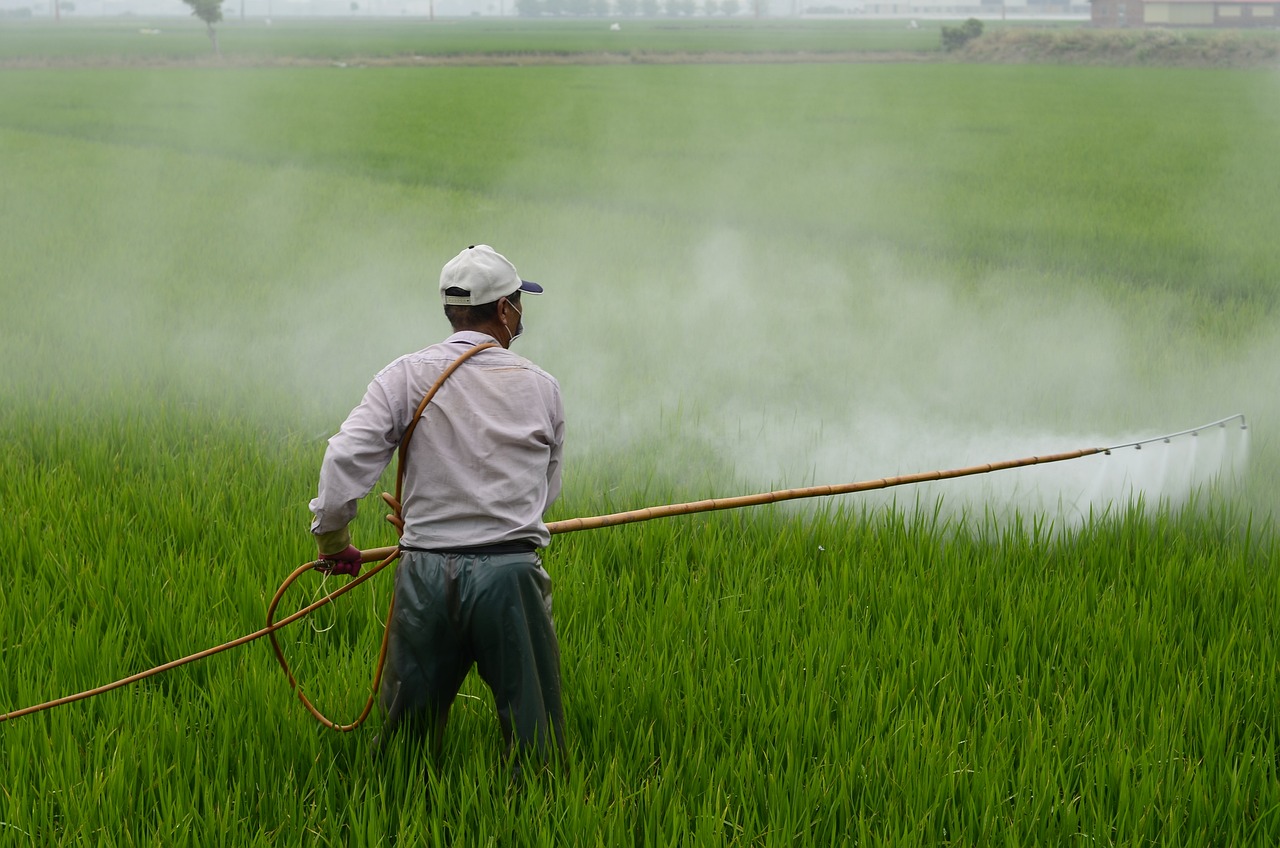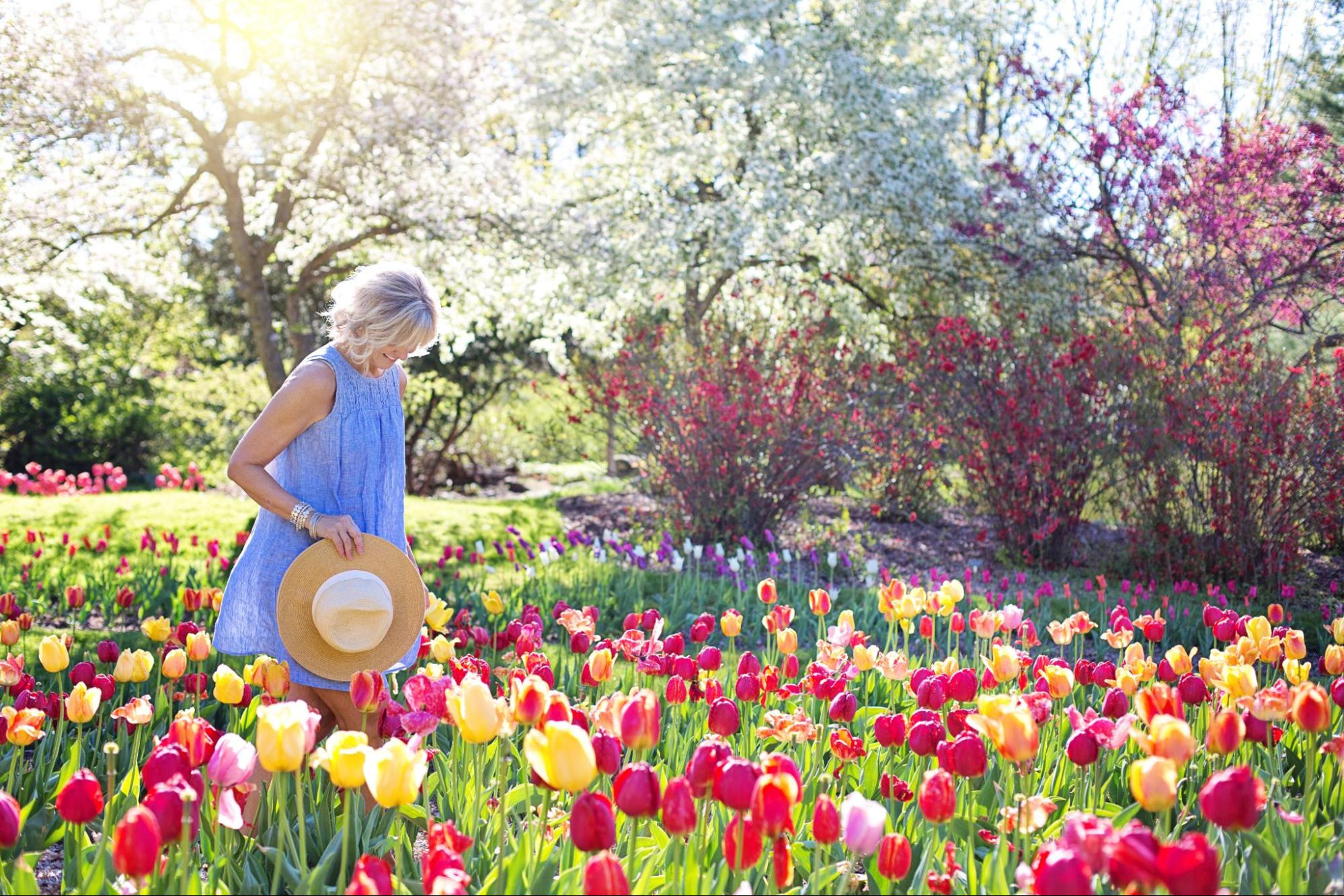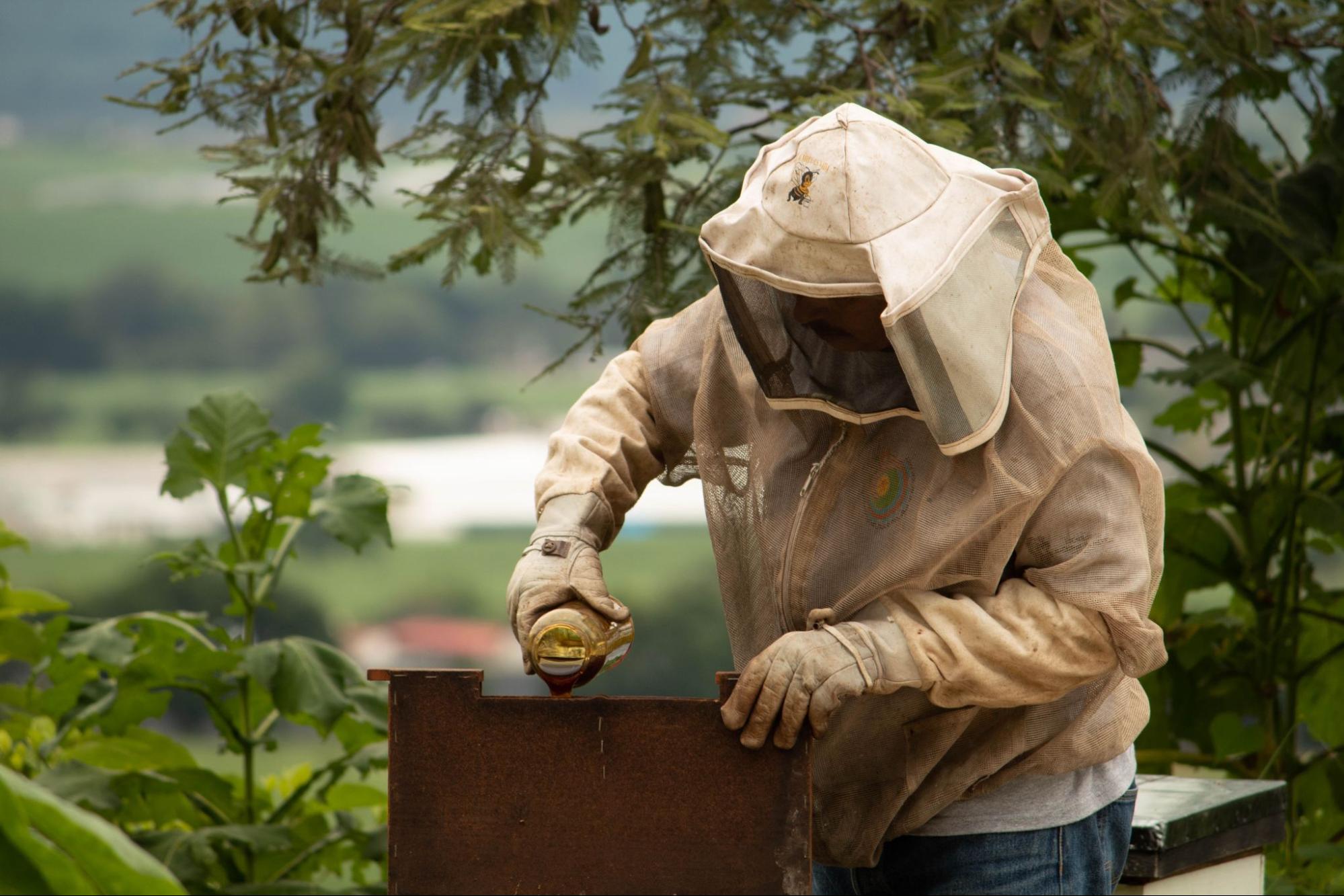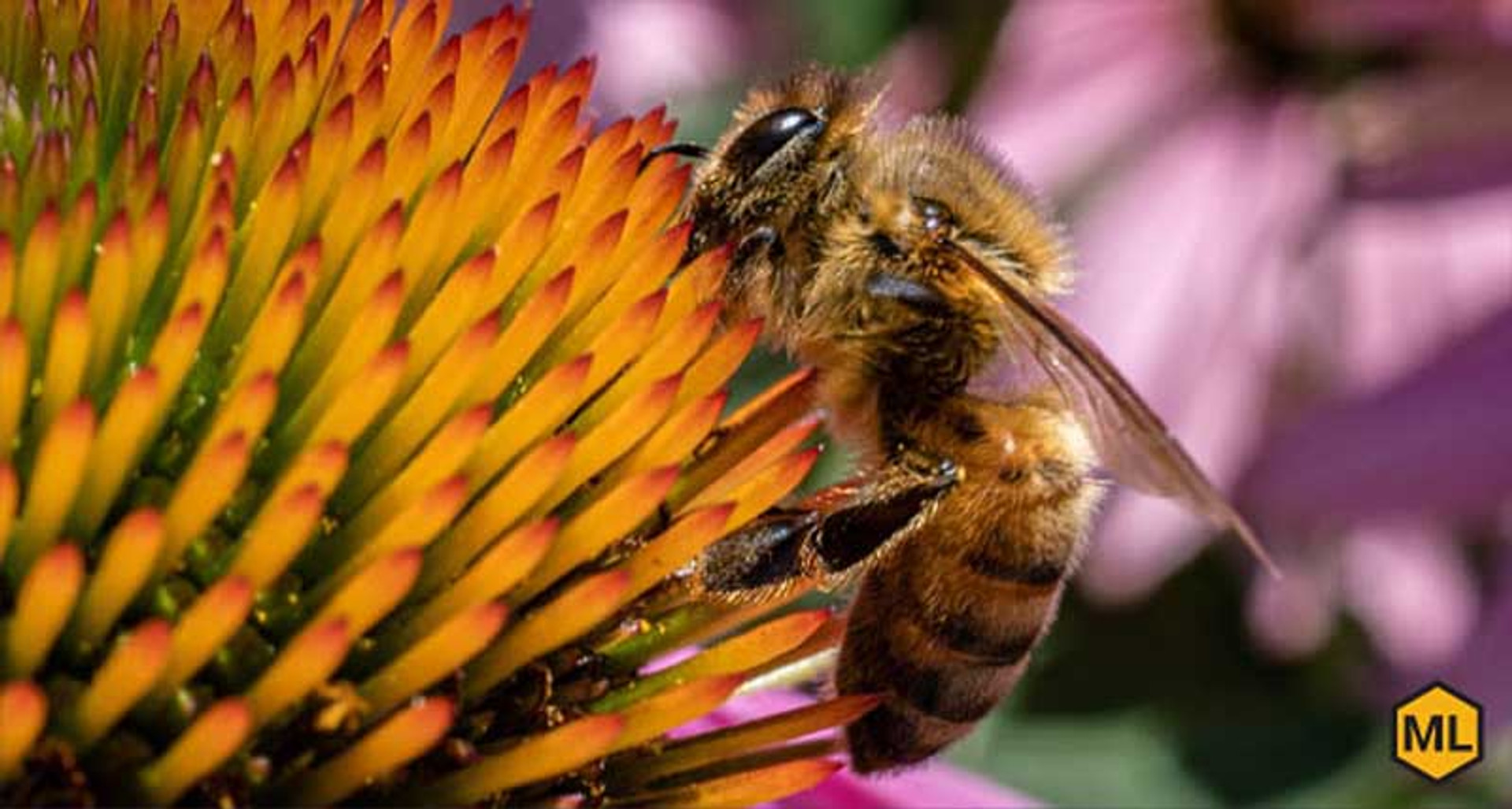3 Ways To Increase Your Local Bee Population
Native bees and other pollinators are essential to the community and the ecosystem as a whole. They help crops grow, support flowers to flourish, and allow the natural world around them to thrive.
Who wouldn’t want a buzzing bunch of native bee populations? Bees pollinate approximately 30% of food crops and nearly 90% of wild plants. Without these insects, our world would be a very different place.
Pollination experts are concerned with how rapidly bee populations are declining across the globe. Commercial beekeepers have reported colony loss rates at nearly 30% each winter since 2006. Urbanization, the use of pesticides, and a lack of public awareness and education are at the core of the issue, and it’s up to us to make things right.
Fortunately, there are plenty of ways to welcome and encourage native bees in your community, from creating safe places for them to forage to supporting local beekeepers. This post highlights the various ways we can care for these important pollinators and ensure that every bee species can thrive.
Create a Sanctuary for Honey Bees
Even if you don’t keep honey bees for yourself, you can still create a safe environment for them in your backyard or garden. Create a bee-friendly garden or sanctuary by planting bee-friendly flowers rich in pollen and nectar to feed March through October. You can also plant nectar-rich plants and flowers in winter so they will be ready for foraging come spring.
Planting a variety of flowers creates a reliable food source throughout the entire honey-making season. Choosing native plants is best for the bees because they need them to survive. Plus, many pollinators have evolved to only forage on native species.
You can also create a safe water source for your local honey bee population by putting out a shallow dish and keeping it full of fresh, clean water.
If you notice tired bees in your garden or on the ground, you can always mix sugar and water and offer it to the bees for a little energy boost. Drip the concoction onto a flower or on a bee-safe surface so they can enjoy it at their leisure.
Avoid Using Pesticides

If you keep a garden or grow any plants in your yard, avoid using pesticides and other harmful chemicals that can affect the native bee populations. Even organic pesticides and insecticides can be deadly to honey bees and other important pollinators in your community.
If a worker bee collects nectar or pollen from a plant that you’ve sprayed with chemicals, they’ll then carry those chemicals back to the hives, putting the entire colony at risk.
Avoid inadvertently harming an entire colony by finding natural and nontoxic solutions—such as pesticides made with garlic, corn gluten, or kaolin clay—to keep your plants and flowers safe for bees.
When you use pesticides, make sure you spray in the evening or early in the morning when forager honey bees are still in their hives. You should also use a degradable pesticide to reduce the amount of time chemicals linger on your plants.
Eat Bee-Friendly Food
When accessibility and budget allow it, purchasing organic food from the grocery store is a great way to increase native bee populations in your area. Organic farming standards protect pollinators by prohibiting the use of any pesticides. They also require farmers to use methods that encourage biodiversity and improve local and natural resources.
Farmers can plant insectaries, which support any local bees who have experienced habitat loss. These places provide bees with both habitat and plentiful food sources to ensure their survival through the seasons.
Let Your Garden Grow
The best way to encourage bees to forage in your garden is by letting the plant life grow rather than trimming it back. Bees often forage and live in hollow plant stems, so you can leave those behind when cleaning up your garden.
Avoid trimming dead flower stalks and other plant life that has run its course. Bees can create a home in almost anything in your garden!
Help Create Underground Nesting Sites
Did you know much of the world’s bee populations actually nest underground? Popular bee species that do this include bumblebees, carpenter bees, and mining bees. Some grounding bees (like the bumble bee) belong to colonies, while others are solitary creatures and live alone.
These wild bee populations lay their eggs in the underground nests, and the offspring from these eggs then emerge in springtime. A ground bee nest is easy to identify. It usually looks like a large pile of dirt with a hole in the center, where the nesting bees enter.
If you want to help create underground nesting sites, you can support the pollinators by providing various types of soil and keeping any pesticides or other chemicals away from the nesting site.
When you see bees in your garden or on your land, you can also help them create their own nests by providing undisturbed areas and elements for them. This includes logs, brush piles, stems, grass, and safe ground areas with minimal foot traffic.
Plant Trees & Flowers

Plant species like native wildflowers, lavender, bergamot, and milkweed ensure the bees have nectar and pollen sources throughout every season. Planting trees for local pollinators is another effective way to increase the bee populations in your area.
Bees are powerful contributors to pollination. As they forage, they move pollen from various plants and flowers. Trees provide these pollinators with nutrient-rich food sources to make honey and feed their hives. Bees love maples and fruit trees, including apples, plums, peaches, and pears.
Educate Yourself and Others
The more you learn about each bee species and its important role, the more invested you will become in saving this precious species.
There is an abundance of free resources and information on the various bee populations online or in local libraries. You can also meet local beekeepers and learn about their processes and how much work they do to help native bee pollinators thrive.
Bee populations tend to have a stigma attached to them because they are known to sting. In reality, we know bees only sting if they feel threatened. Because of this, many children think smashing or killing bees is appropriate. If you see it, correct this behavior, and explain to kids and adults that bees are not aggressive creatures; they’re just highly curious.
If you’re a parent or educator, teach children about bees and their current struggles on a global scale. At home or in the classroom, work on planting a bee-friendly garden with kids.
Make it a family activity by selecting the plants and flowers that native bee pollinators will enjoy. Opt for a wide variety of bee-friendly plants that last throughout every season. Collect data on which plants the bees seem to like the most, and at the end of each season, share your findings.
The sooner the younger generations learn about bees and their value to our ecosystem, the more committed they will be to help save them. Encourage their curiosity and make it fun!
Become a Beekeeper

If you’re up to the commitment, one of the best ways to increase your local bee population is to become a beekeeper yourself. Beekeeping is a wonderful, rewarding hobby that can teach you a lot about the natural world you live in.
Starting a bee colony takes a lot of time and effort and requires money upfront to invest in all the necessary beekeeping equipment. Be sure to weigh the pros and cons of this venture before committing.
Consult any local beekeepers in your area, do your research, and talk with family members or the people you live with to ensure it’s something you can handle and won’t negatively impact your neighbors.
You can also turn your beekeeping endeavor into a side business by extracting your honey to sell or to make other products. We carry a wide range of extraction supplies, such as honey containers, glass jars, labels, and much more.
Support Local Beekeepers
If beekeeping is too large an undertaking for you, there are many other ways you can help the native bees in your area. Supporting beekeepers in the community is the most effective way to ensure the bees are cared for.
Community members can participate by spreading awareness, purchasing honey, beeswax, and other products, or donating their time and money to support beekeepers’ efforts.
Do Your Part to Save the Bees
Regardless if you want to be hands-on with your native bees or observe them from afar, there's something that you can do to help them thrive! The first step toward bee stewardship is education. Mann Lake is committed to providing kids and adults alike with plenty of information and resources to help cultivate respect and awe for bees.
Read our blog, watch our educational videos, and explore our other resources to discover how you can play a significant role in saving this important species.

